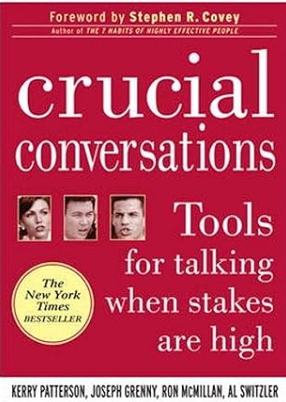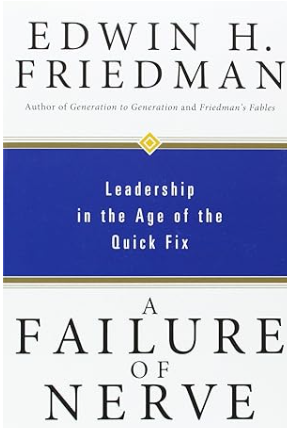Embracing Change
- Maria Montemayor
- May 6, 2024
- 3 min read
Updated: Dec 5, 2024

In the video Rethinking Learning, John Seely Brown looks at the learning disposition of hardcore gamers who are constantly measuring their progress to see how much they are learning. These gamers think that if they aren’t learning, it isn’t fun. How can we transfer this gamer disposition to our learners? According to Diana Rhoten, involving students in their own learning by providing them with the tools and skills they need to reshape content will transition them from being mere students to becoming creators and producers of their own learning. Active learning will spark curiosity in the learner, and the learner will naturally begin to formulate questions about the content.
In the foreign language classroom, involving students in their own learning is key to second language acquisition (L2). My middle school students recently began a project that brought together various concepts they had learned throughout the academic year. They were tasked with creating a comic strip using the vocabulary and grammar they had studied. They had the autonomy to choose the digital media platform for their comic and, more importantly, had to create a narrative incorporating the required content. The students asked a lot of questions, conducted research, and ultimately created their comic strips. Engaging them actively in the project, which involved consolidating all their learning from the year and exploring applications to showcase their work, has resulted in a highly enthusiastic response from them.
I agree with Nichole Pinkard that children are not born digitally native. They are influenced by an adult who exposes and inspires them. I hope to influence my students by creating a blended classroom environment and further, by creating assignments or projects that require them to be digitally proficient. When I initially began teaching at my current school, I encountered some grumbling from students who weren't happy about using Chromebooks; they preferred traditional paper and pencil. A parent brought this up to me, and I explained that these digital skills would be necessary once they entered high school, so it made sense to learn them now. I believe all of my students have successfully made the transition from paper and pencil to Chromebook use in my classroom. Additionally, incorporating projects that require them to learn new applications adds to their digital learning experience.
My primary takeaway from Grant Lichtman’s school visits is that many schools are innovative and solve some problems but not others. There appears to be a disconnect from one school to another, where one school resolves one problem ,and another tackles a different issue. However, the two schools do not connect and share what works, leading them to continue struggling with problems that have already been solved by other schools. He also discusses the necessity of teaching our students to be self-evolving learners, enabling them to adapt to future changes. He also suggests that education should evolve into a self-evolving organization and advocates for a methodology of constant change. In my lifetime alone, I’ve witnessed the world transition from very few people having access to digital technology in the 80s to everyone now having complete access to the digital world. The world is undergoing rapid technological evolution, and it's time for education to adjust its methodologies to meet the growing demands represented by digital technology.
References:
21stEducator. (2009, April 2). 21st Century Education vs. 20th Century Education [Video]. YouTube.
macfound. (2010, December 1). Rethinking Learning: The 21st Century Learner | MacArthur Foundation [Video].
TEDx Talks. (2013, March 21). What 60 Schools Can Tell us About Teaching 21st-century skills: Grant Lichtman at
TEDxDenverTeachers [Video]. YouTube. https://www.youtube.com/watch?v=UZEZTyxSl3g







_edited_edited.jpg)




Comments